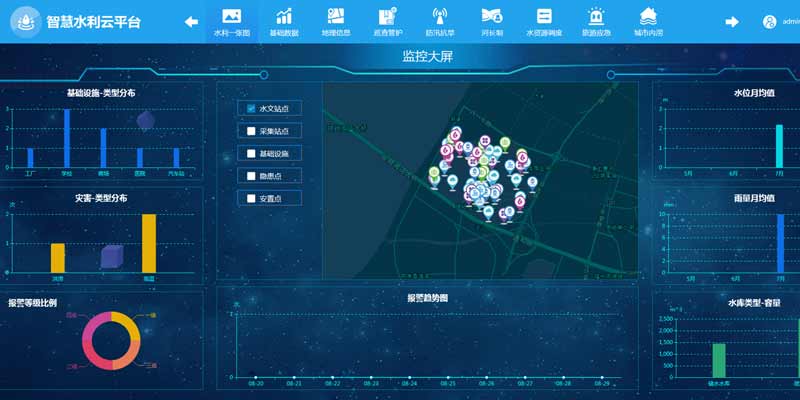|
Introduction: In recent years, the world has witnessed an extraordinary technological advancement that has changed the face of manufacturing and design – 3D printing. This innovative technology allows for the creation of three-dimensional objects through a layer-by-layer additive manufacturing process. In this article, we will explore the significance and impact of 3D printing on various industries and discuss its potential for future development. Advantages of 3D Printing: One of the key advantages of 3D printing is its ability to bring customization and personalization to a whole new level. Traditional manufacturing methods often involve mass production, resulting in identical products. However, with 3D printing, each item can be tailored to meet individual needs and preferences, whether it's a customized smartphone case or a prosthetic limb. Furthermore, 3D printing offers cost-effective solutions for complex designs. Unlike traditional manufacturing techniques that require expensive molds or tooling, 3D printers can create intricate structures with minimal material waste. This not only reduces costs but also enables rapid prototyping and iteration, leading to faster product development cycles. Applications across Industries: The impact of 3D printing extends to numerous industries, including healthcare, aerospace, automotive, fashion, and architecture. In the medical field, 3D printing has revolutionized the production of prosthetics, implants, and surgical instruments. It allows for patient-specific designs, resulting in better-fitting and more comfortable medical devices. In aerospace and automotive industries, 3D printing enables the creation of lightweight yet robust components, leading to fuel efficiency and improved performance. It also facilitates the production of complex geometries that were previously unattainable through traditional manufacturing methods. Fashion designers have embraced 3D printing to create unique and intricate clothing pieces, accessories, and footwear. The technology opens up new possibilities for avant-garde designs and sustainable fashion practices by reducing material waste. Architects and civil engineers are utilizing 3D printing to construct scaled models, intricate architectural elements, and even habitable structures. This technology offers faster and more cost-effective construction methods while allowing for greater design freedom. Future Developments: As 3D printing continues to advance, researchers are exploring new materials and techniques to expand its capabilities. Bioprinting, for example, is an emerging field that aims to print functional human organs and tissues using bioinks. This development could potentially revolutionize the field of medicine, providing solutions for organ transplantation and regenerative medicine. Moreover, advancements in metal 3D printing are unlocking possibilities in the manufacturing of high-performance parts for industries such as aerospace and automotive. The ability to print with metals like titanium and aluminum alloys allows for lighter yet stronger components. Conclusion: In conclusion, 3D printing has emerged as a transformative technology with implications across various industries. Its ability to enable customization, reduce costs, and facilitate complex designs has revolutionized the way we manufacture and create. As research and development continue to push the boundaries of this technology, we can expect even more remarkable advancements in the future. The era of 3D printing has just begun, and its potential to reshape our world is truly exciting.  |
